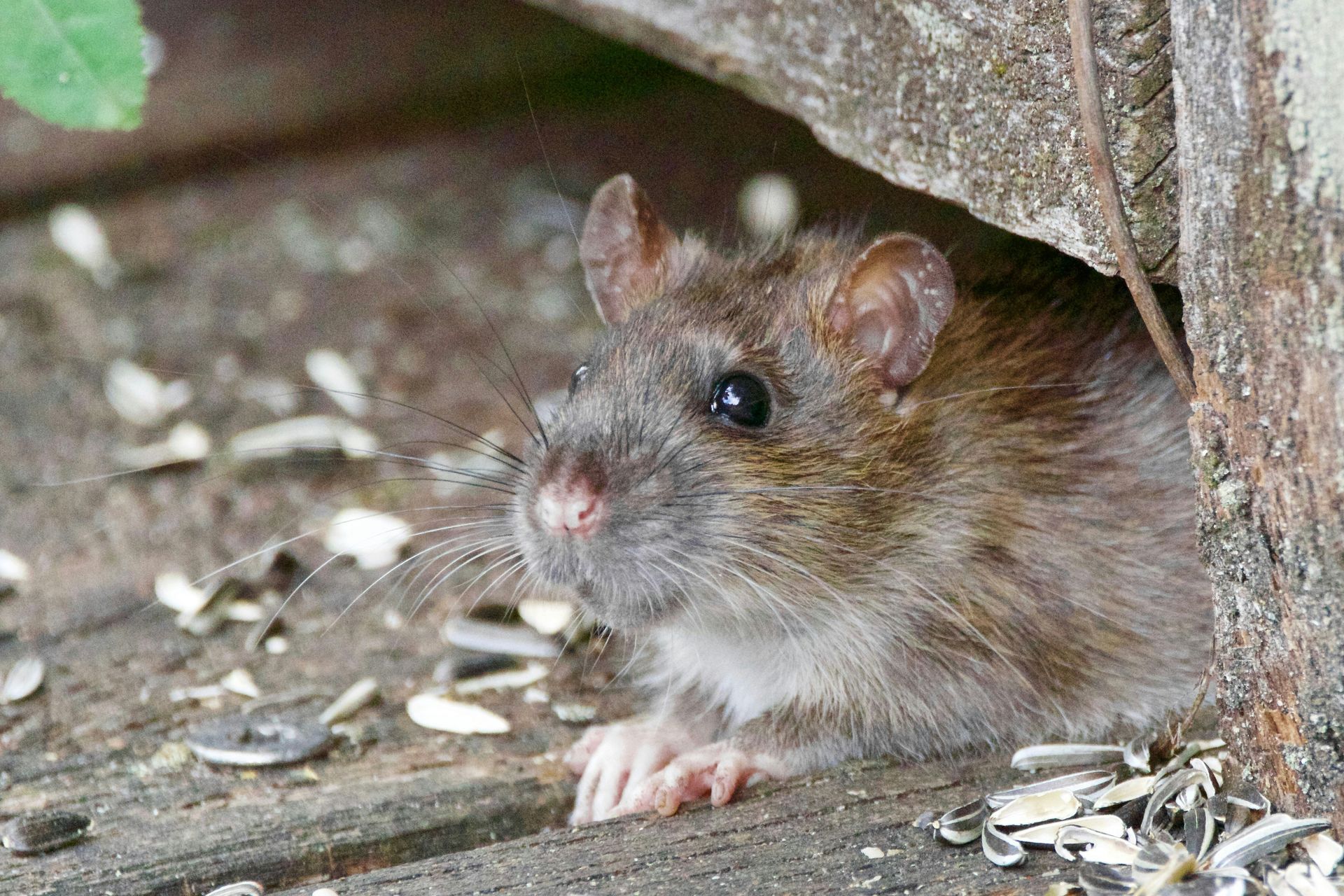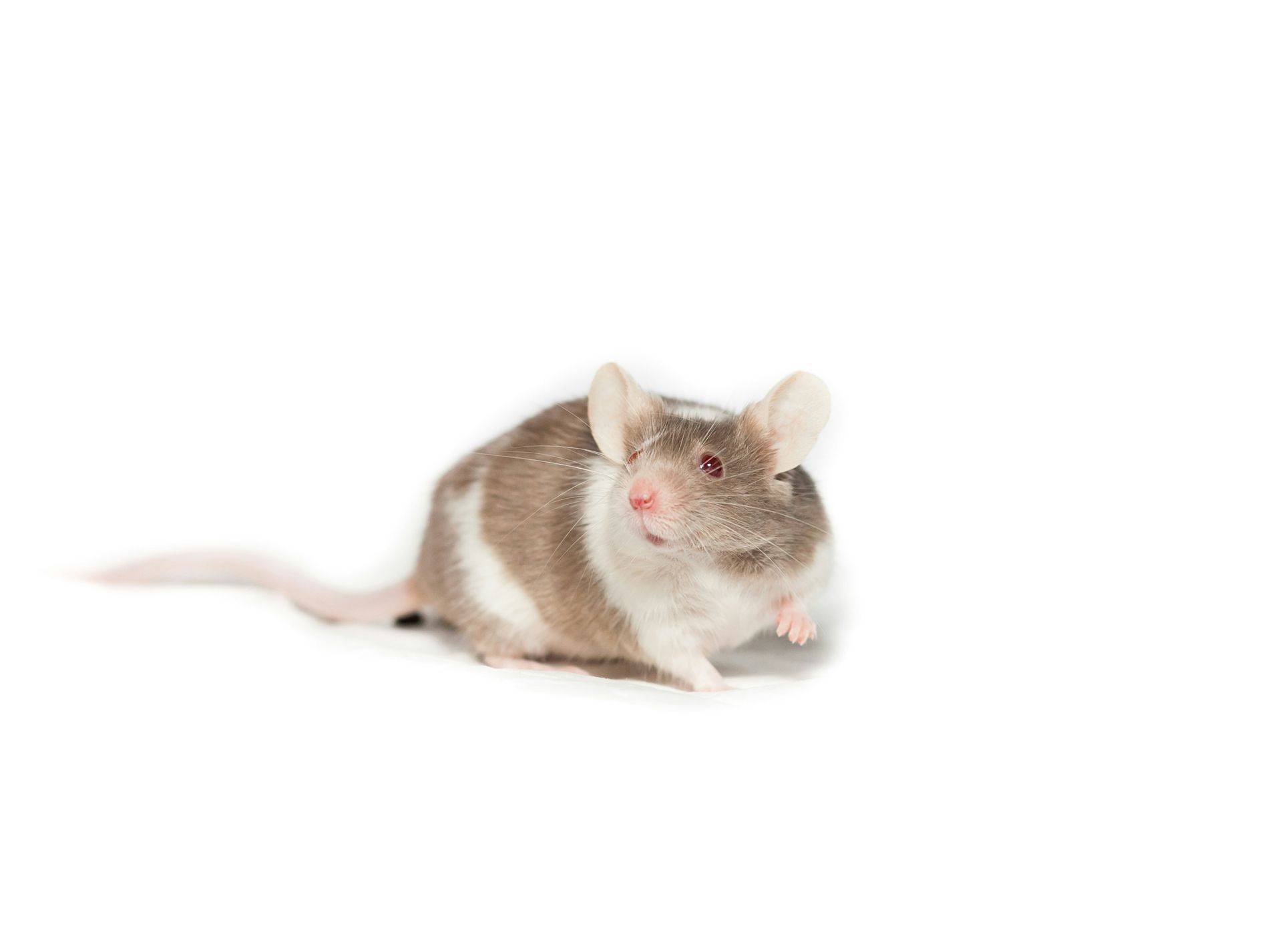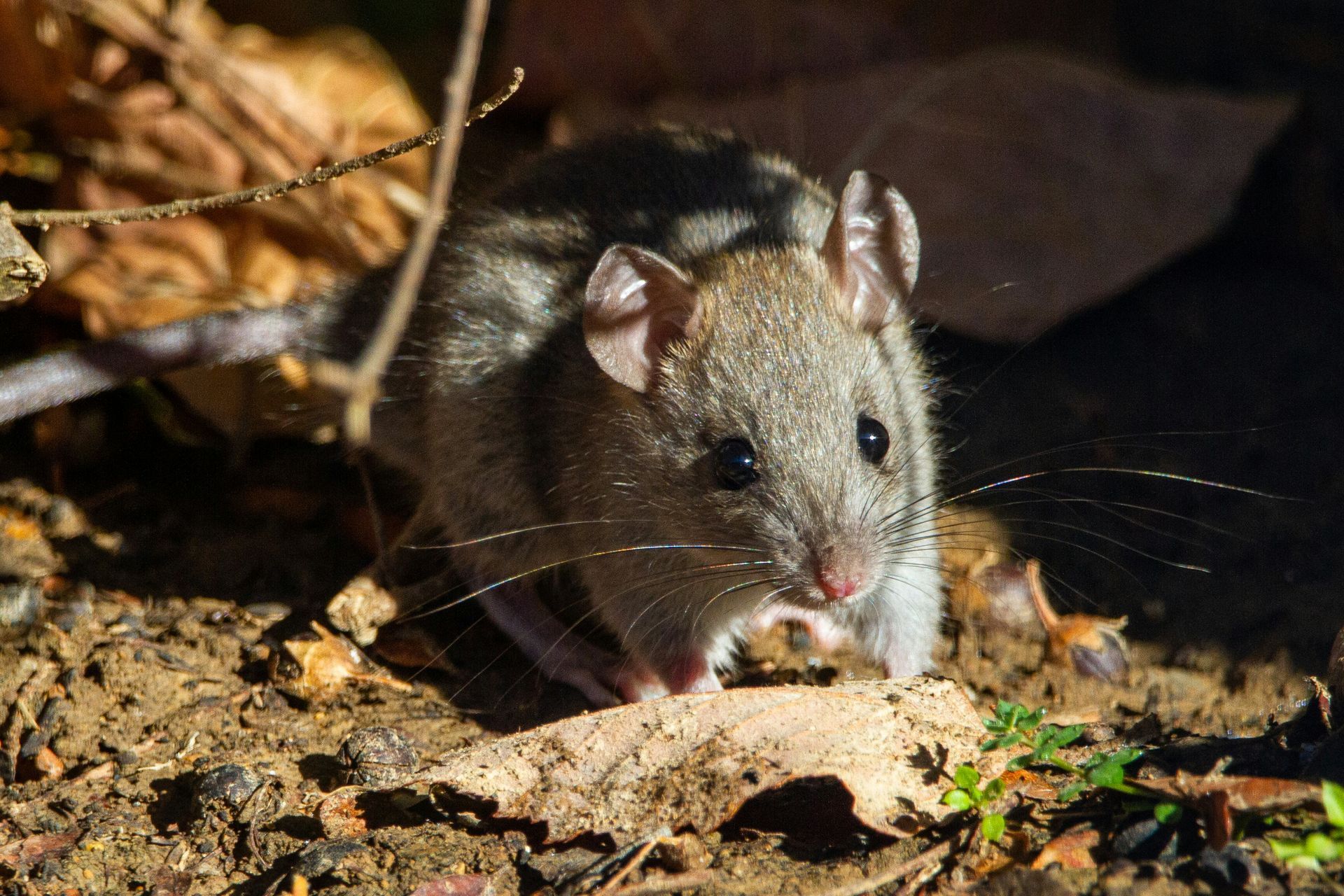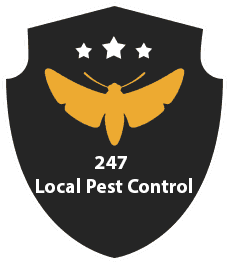Rodent Infestations: Identifying Signs and Effective Solutions
Rodents are more than just a nuisance; they pose significant health risks and can cause substantial property damage. Effective rodent control is crucial for maintaining a safe and sanitary environment, whether at home, in business settings, or in industrial areas. Our services at 247 Local Pest Control are designed to address and eliminate rodent problems in a variety of environments, including residential homes, commercial establishments like restaurants and grocery stores, and even large-scale industrial complexes.
Rodents, such as rats and mice, are not only persistent invaders but also prolific breeders, which can lead to rapid infestations if not promptly addressed. These pests are known to carry diseases, contaminate food sources, and damage wiring, insulation, and other structural components of buildings.


Our Services
Inspection and Assessment
Our approach begins with a thorough inspection of your property to identify signs of rodent activity and potential entry points. Using advanced tools and techniques, our trained technicians will assess the extent of the infestation and the specific species involved. This initial step is crucial for tailoring our intervention strategies effectively and ensuring all affected areas are addressed.
Customized Treatment Plans
Based on our findings from the initial assessment, we develop a treatment plan customized to your specific situation. Our rodent control solutions include:
- Trapping: We use strategically placed, humane traps to capture rodents without causing harm to the animals or the environment.
- Baiting: Safe and controlled baiting techniques are employed to effectively reduce rodent populations.
- Exclusion: We identify and seal entry points to prevent rodents from entering the premises. This method not only addresses the current infestation but also aids in preventing future invasions.
Follow-Up and Preventive Measures
Ensuring that rodents do not return is a critical component of our service. After the initial treatment, we provide follow-up visits to monitor the situation and make any necessary adjustments. Our team also advises on best practices for rodent prevention, including structural modifications and sanitation improvements that can help minimize the risk of future infestations.
Common Rodents
Rats
One of the most prevalent rodent pests, rats are known for their sharp teeth and strong survival instincts. The two most common species encountered are the Norway Rat and the Roof Rat. Norway Rats tend to burrow and are typically found on the ground floors of buildings or in basements. Roof Rats, on the other hand, are excellent climbers and are usually found in attics, roofs, or higher floors of buildings.
Mice
House mice are smaller than rats but can cause disproportionate trouble due to their size and agility, which allow them to infiltrate even the smallest openings. They are curious creatures, making them more likely to explore new baits and traps, but their rapid breeding can quickly lead to serious infestations.


Signs of Infestation
Early detection is crucial in preventing a full-blown rodent infestation. Here are some common signs that might indicate the presence of rodents in your property:
- Droppings: Rodent droppings are often the first sign of an infestation. Rat droppings are larger and banana-shaped, while mouse droppings are small and rod-shaped.
- Gnaw Marks: New gnaw marks, which are rough and light-colored, can be found on food packaging or the structure of your house itself.
- Strange Noises: Sounds of scurrying or scratching from the walls or ceilings at night often indicate the presence of rodents.
- Nests: Rodents build nests from shredded paper, cloth, or other fibrous material in secluded areas.
- Tracks and Rub Marks: Faint tracks and greasy rub marks along walls or baseboards are typically left by rats and mice as they follow consistent paths between their nests and food sources.
Being aware of these signs can help you catch a potential infestation early, reducing the risk and cost of damage to your property.

